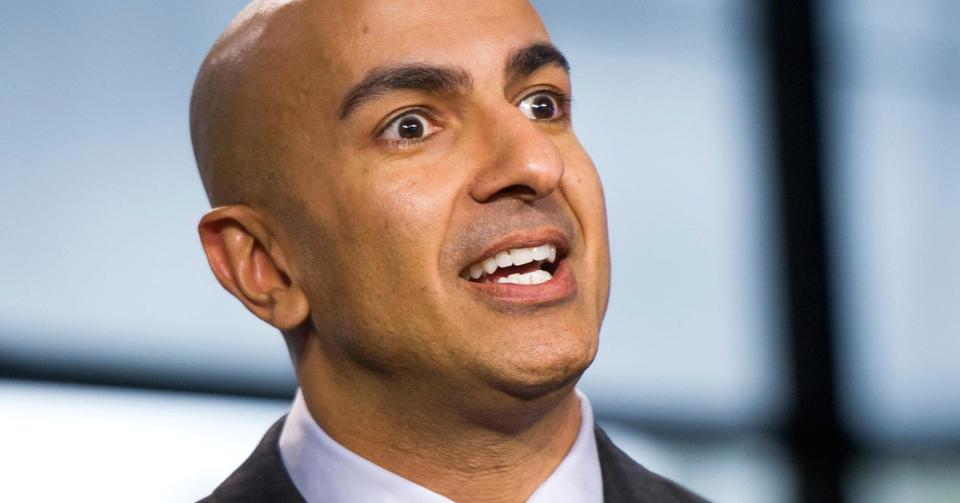Neel Kashkari is officially the most cautious member of Fed

The Federal Reserve has raised interest rates for the third time since the financial crisis.
Benchmark interest rates in the U.S. now sit in a range of 0.75%-1%. Fed forecasts released alongside its latest policy statement indicate there are likely two more rate hikes to be done in 2017.
But among the other things we learned in the Fed’s latest statement is that we now have a new member of the FOMC who is officially the most dovish Fed official — Minneapolis Fed president Neel Kashkari.
On Wednesday, nine of the ten voting members elected to raise interest rates, while Kashkari was the lone dissenter. Kashkari preferred to keep the Fed Funds rate pegged between 0.50%-0.75% at the conclusion of this meeting.
Last month, Kashkari took to Medium to explain why he voted at the conclusion of the January 31-February 1 meeting to keep rates steady. His vote at that meeting was in-line with consensus. Kashkari is a mechanical engineer by training — not an economic PhD — and took over as Minneapolis Fed president in 2016 after stints at Goldman Sachs and PIMCO. Kashkari was also in charge of directing TARP (Trouble Asset Relief Program), which was put in place after the financial crisis.
Kashkari noted that core inflation — that is, excluding the cost of food and gas — was, and remains, running below the Fed’s 2% target. “While there are some signs of inflation slowly building toward our target, it isn’t happening rapidly, and inflation expectations appear well-anchored,” Kashkari wrote.
As for the labor market, which some have argued is at or nearing “full employment” given the plunge in the unemployment rate we’ve seen in recent years, Kashkari argued that national numbers hide the challenges many communities are still facing.
Overall, Kashkari also made mention of the “symmetry” argument that many dovish economists have broken out over the last few years. This argument says, in short, that with rates near record lows the Fed is better-served keeping rates low and letting the economy “run hot” — that is, inflation overshooting its 2% target — and acting later, rather than being anticipatory.
It’s also worth noting here that in Wednesday’s statement, the Fed for the first time said explicitly that its 2% inflation target is symmetric, indicating they will not tolerate inflation running significantly above their 2% target. Some economists have argued that a Fed policy worth adopting to boost economic growth would be raising the inflation target, perhaps doubling it.
Back in November, Kashkari told Yahoo Finance that the U.S. banking system still remained under-capitalized and argued that, as a result, there is a 67% chance we face another financial crisis.
And so along with his insistence that the U.S. banking system needs bolstering, and that the Fed’s job is to ensure that, Kashkari is clearly establishing himself — in his first year as a Fed voter — as a clear and forceful dove.
—
Myles Udland is a writer at Yahoo Finance. Follow him on Twitter @MylesUdland
Read more from Myles here:

